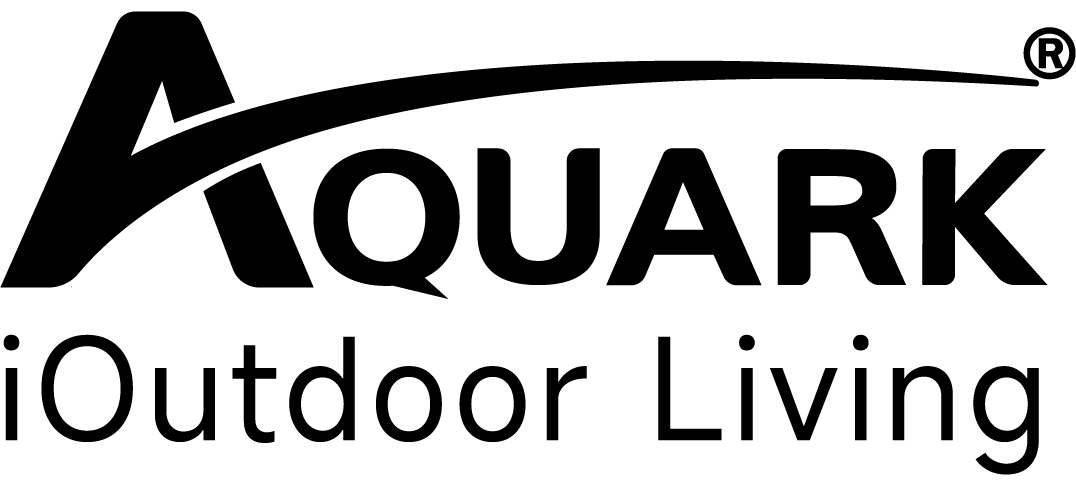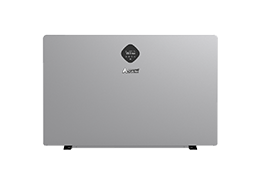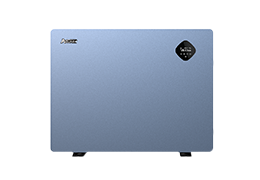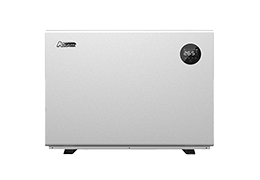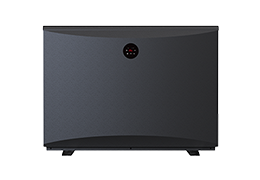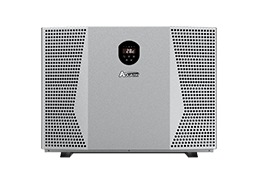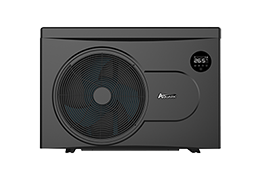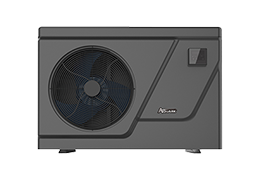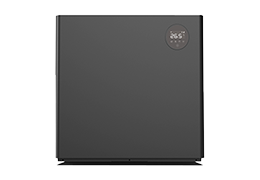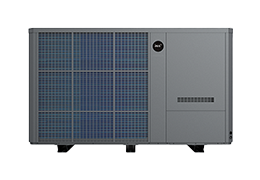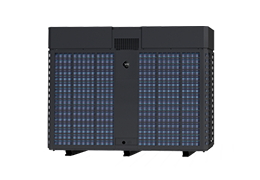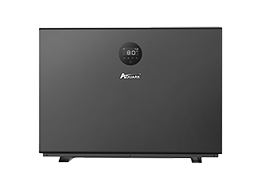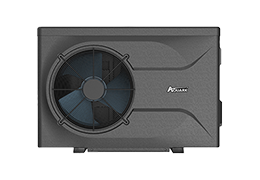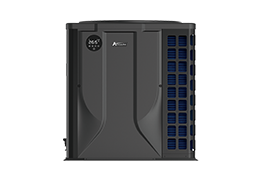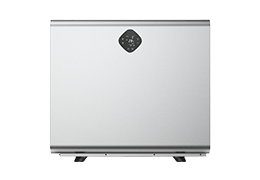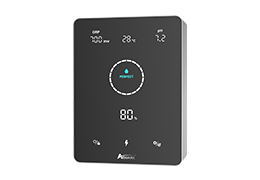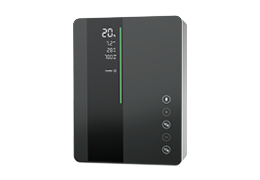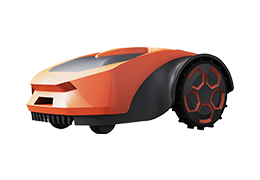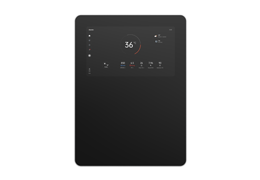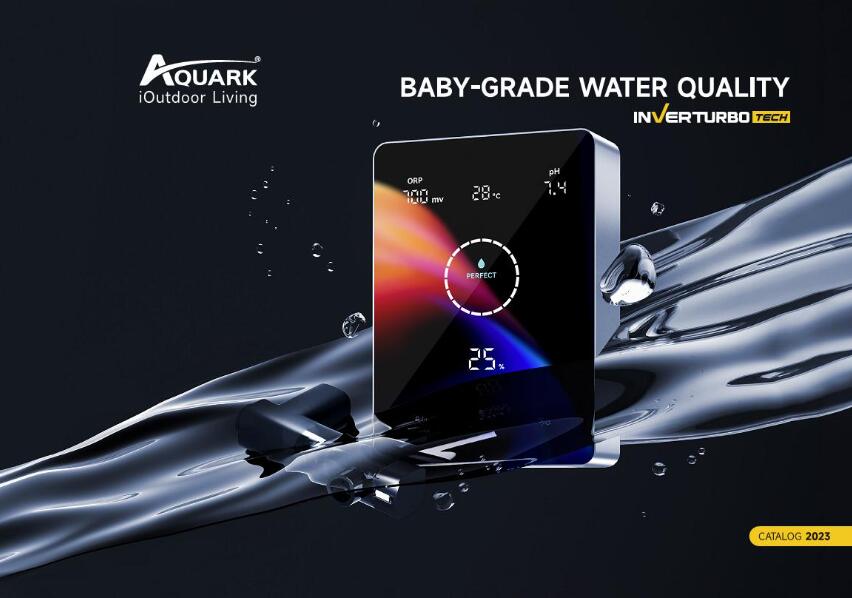Has maintenance of pure water in your family pool still been a constant worry for you? For over half a century, the market has been searching for a perfect solution by which people can spend less time and fewer chemicals monitoring and stabilizing the water quality. The salt chlorination system is one of the alternatives for direct dosing and becomes more automatic and user-friendly in ordinary garden pools.
The salt system relies on saline electrolysis to add free chlorine. The free chlorine will not only disinfect the water by killing the bacteria or algae but also make water self-disinfected in the long run. In contrast, other technologies (UV, ozone, copper/silver ionization) are requesting additional chemical products to make the swimming pool water a disinfectant.
HOW TO MAKE CHLORINE FROM SALT?
It generates free chlorine on-site from the salt dissolved in the water. Therefore, there is no need to transport, store, handle, or dose toxic chemicals.
What happened essentially in a salt cell and the pool during the electrolysis? The following actions can explain how a salt chlorinator work.
2NaCl + 2H2O = 2NaOH + H2 ⬆+ Cl2⬆
Cl2 + H2O = HClO + HCl
NaOH + HCl = NaCl + H2O
Action 1 – Add salt to the pool at the start of the season.
The amount of salt you add when opening the pool is according to the pool water size and obeys the manufacturer-recommended ranges. Salt systems in the market work well within the salinity levels between 3~5 g/L, about 1/10~1/7 of seawater.
Optimum salinity is helpful for optimal conductivity in the water, enhancing disinfection efficiency. But the salinity should never be too much to fit the corrosion-sensitive pool system.
Depending on the salt system, the minimum salinity level is usually around 2~2.5 g/L, and the maximum recommended is no more than 5 g/L to protect other system devices.
High-tech salt chlorinators outperform in chlorination production at low salt levels. Therefore, users don’t need to worry about frequent salt maintenance or the plunging salinity after storming rains. You may only refill salt once in the whole season. For example, Mr. Pure, the unique inverter salt chlorinator allows users to be hands-free throughout the swimming season by operating efficiently from 1g/L.
Action 2 – Start the salt chlorinator after the salt is fully dissolved.
When you spread the salt around the edge of the swimming pool, you can turn on the circulation system and turn on the salt chlorinator after 1~24 hours, the time for the salt to dissolve in the water depending on temperature.
When the salt dissolves in water, the sodium (Na) separates from chloride (Cl-) which is converted into chlorine gas (Cl2) by electricity. The gas will dissolve in water to form Hypochlorous acid that destroys the organic matter, oxidizes bacteria and preserves the self-disinfection ability of pool water.
Action 3 – Stop chlorine production and regulate pH levels.
When will the pool water need more free chlorine again? When should you restart the chlorine production? And how often?
The ORP and PH sensors will make your salt chlorinator work smartly. They are combined to mark the accomplishment of perfect disinfection and the grade of dynamic water quality.
The ORP will go higher when the free chlorine increases. It shows the disinfecting capability of your pool water in the long run.
The operation of the salt pool system will also destroy the pH balance of water in the course that the Cl2 and HClO are consumed and the NaOH remains.
The pH levels will rise in a salt pool system and need to be regulated by acid pumped into the water to ensure comfortable swimming so that you will not experience itchiness around the skin when it is lower than 7.0, or nose and eye irritation when it is higher than 7.8.
Salt chlorinators with sensors know when the ORP and pH levels should be at what levels to prevent over-chlorine production and unpleasant effect.
If the cell of your salt chlorinator has only electrodes without built-in or external sensors, you could hardly know how long the disinfection should last and whether the clear water is finally gentle for swimming.
Only when equipped with additional detection of water quality can salt chlorinators maintain pH levels by themselves. That is why users still need manual tests with a professional test toolbox or further assistance from local pool stores in the case of conventional salt pool systems. Despite doing this, you may still find the test result lacks reference because the water quality is changeable intensely with contaminants brought by humans, pets, drinks, rain and so on.
Otherwise, your pool will not operate disinfection unless you turn on the machine manually when the water is visibly turning green or using a built-in timer.
Action 4 – Refill salt if needed.
Once the water is disinfected, the hydrochloric acid (HCl) reacts with the sodium hydroxide (NaOH), reverting to salt and water.
The salt usually needs to be refilled to replenish the salt loss because of backwashing the filter, water dragging out by bathing suit, splashing out, leaks or overflowing rainwater. To ensure the salt chlorination system works at its best throughout the season, users should keep the salinity within recommended range at any time.
The above all have been tremendously changed by Aquark’s new type of salt chlorinator with the original inverter system. The first full-inverter salt chlorinator – Mr. Pure powered by InverTurbo tech automates chemical maintenance entirely and eliminates the chemical conflict of private pools.
The salt pool system conducts a series of actions inside the pool without requiring human presence as in the past.
WHY INVERTER?
The inverter control system of Mr. Pure makes the purest water possible with the fewest free chlorine by applying self-developed PID algorithms that seamlessly regulate chlorine production according to real-time needs.
With InverTurbo tech, Mr. Pure can proactively operate from 0 to 130% turbo mode whenever identifying a lack of free chlorine. It can accelerate or slow the production rate according to the need for new chlorine, using a minimalist approach and the fastest time to treat the water. Efficient in a wide range of salinity levels from 1g/L, Mr, Pure makes you feel like enjoying a spa in nature.
WHY MR. PURE?
Baby-Friendly Immersion
When Mr. Pure proactively manages the water quality, you can enjoy worry-free immersion with families of all ages. The odorless and crystal-clear water is charming to children, babies, and people with skin sensitivity issues.
Baby-Friendly Interaction
Mr. Pure is the slimmest salt chlorinator in the industry with a full-touch pad controller. The touchpad integrates the visible water quality display, pH regulator and connectors of precise sensing probes. Users can see the water quality that is WAIT, GOOD or PERFECT without knowing anything about pool chemistry. The unprecedented intelligent guidance of the pad transforms the maintenance of pool chemical balance into baby-friendly ease.
Contact experts at Aquark if you need more information about Mr. Pure with InverTurbo tech.
